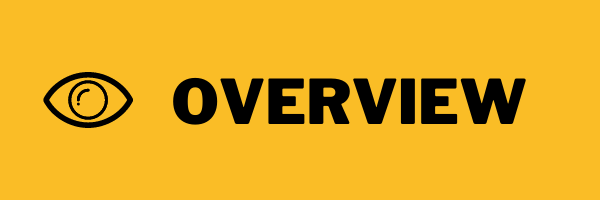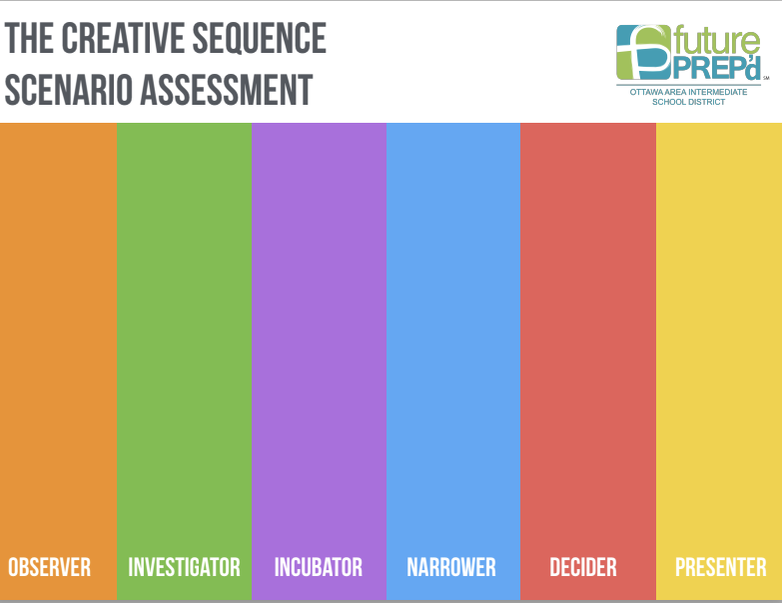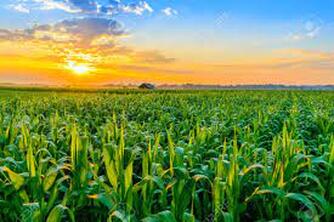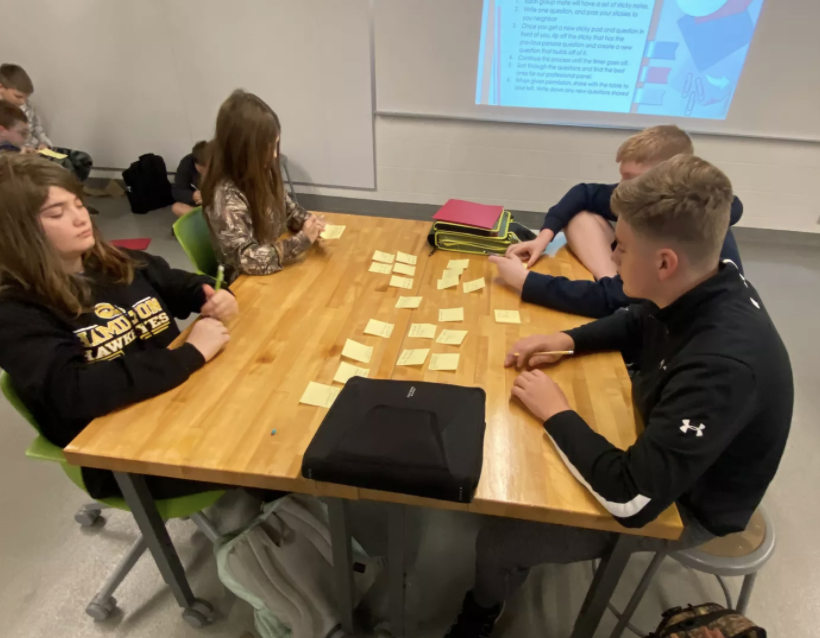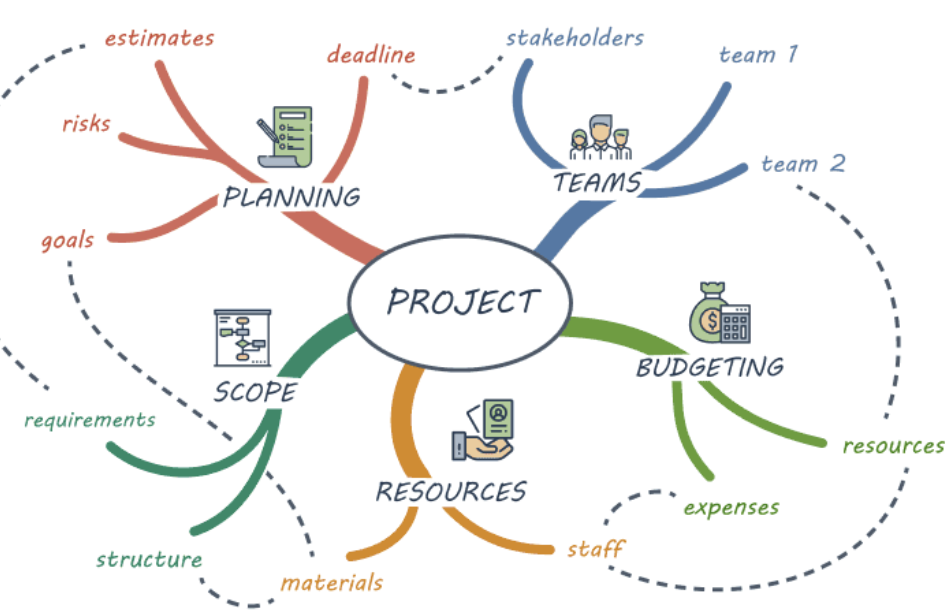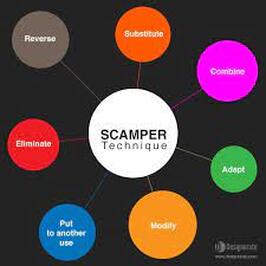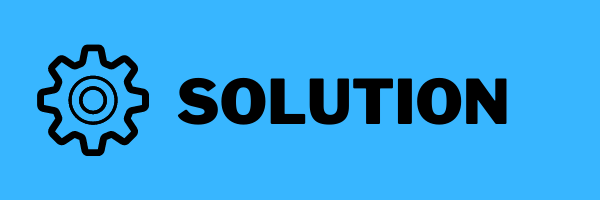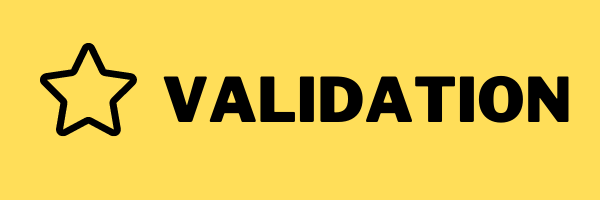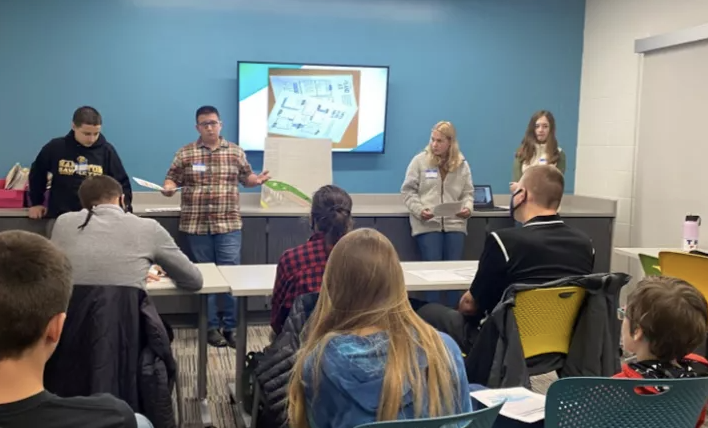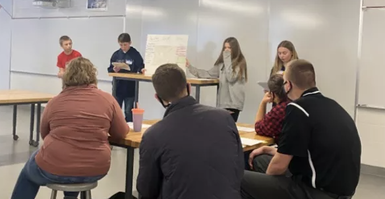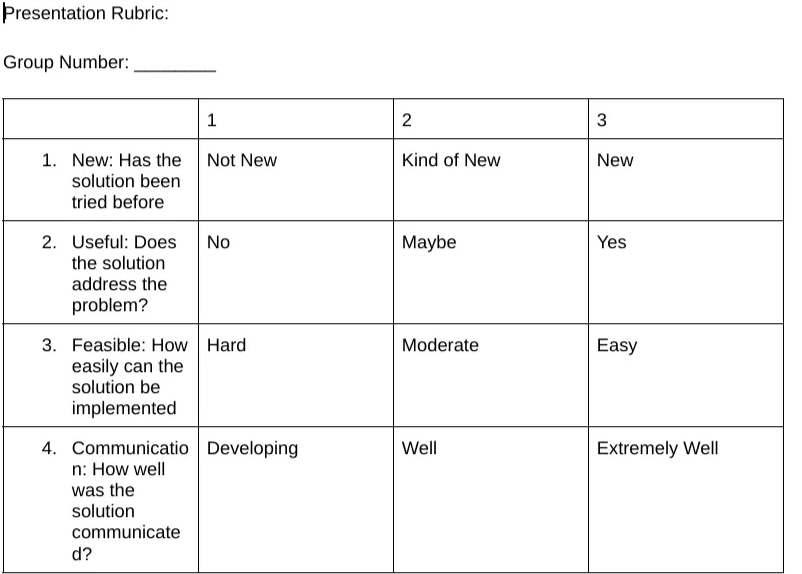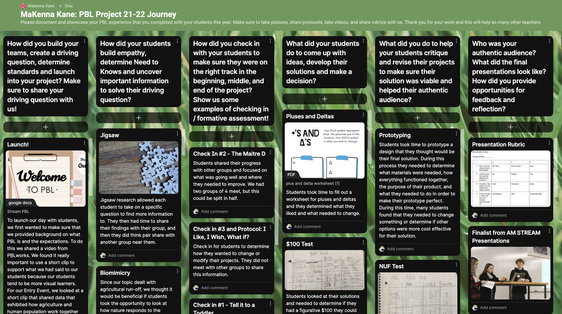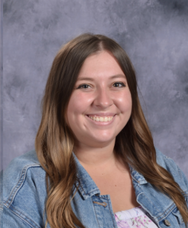Agricultural Runoff
By: MaKenna Kane
By: MaKenna Kane
Project at a Glance :
This is a project designed for 8th Grade English and Science STREAM students. The project will challenge students to use their argumentative and investigative skills to determine the best solution for runoff and the impact it has on our local environment. The project will focus on multiple Science and English standards, Skills4Success, and 21st century technology and group collaboration.
Driving Question:
How can we reduce the environmental impact of runoff in our community?
|
Standards:
Team / Culture Building:
|
Stakeholders:
|
Incubation:
Checking in:
|
|
Solution Building:
|
Authentic Audience:
|
Click here for teacher's full plan.
Reflection and Feedback:
|
Click here for the teacher's Journey through PBL on Padlet . . .
|
Meet the Educator:
MaKenna Kane teaches English Language Arts and Science in the STREAM program at Hamilton Community Schools. STREAM centers around outdoor learning experiences, Agricultural Science, and Non-fiction reading and writing. "PBL is a passion of mine because students are engaged in rigorous learning while being able to create a meaningful and authentic product." |
